Quality Assurance/Quality Control (QA/QC)
Quality assurance and quality control (QA/QC) are the heart of all environmental and radiation measurements. EPA, States, radon standards/protocols, and the National Radon Proficiency Program each require adherence to fundamental radon QA/QC, and your clients expect to receive accurate results from you. Regular assessment of blanks, duplicates, and spikes are a key part of your business' success and the only way to defend your results.
Do you understand each measurement type and are you doing them correctly? Here are a few tips from our laboratory.
Blanks
Blanks are done at least once every 20 samples (5%).
Storage blanks show us potential humidity and radon contamination in your storage area
Field blanks are taken to the field and hung right beside actual samples, but left in the plastic.
In both cases, remove the plastic when they are being prepared for the lab, seal them shut, and include realistic test data for the sample. Just like in real samples, the data should look like a test that lasted at least 48 hours.
Plot the radon concentration (pCi/L) and moisture percent (MST%) on your blanks control chart.
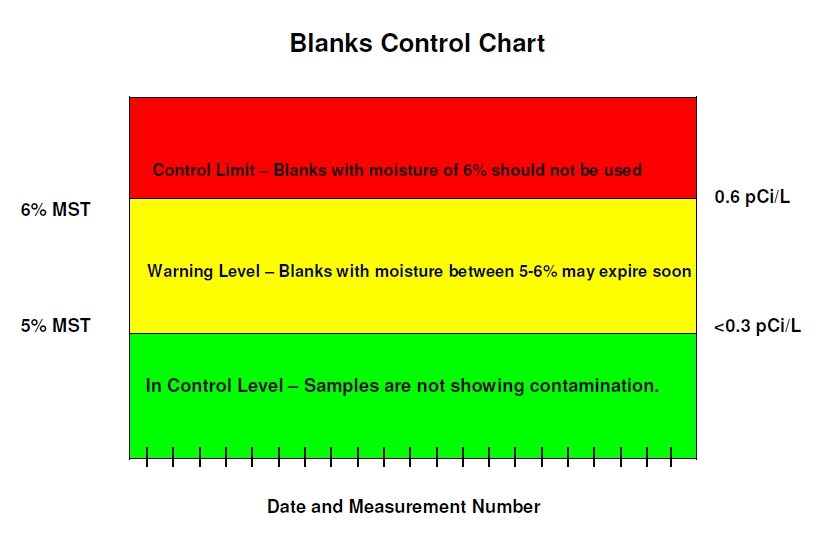
Duplicates
Duplicates are done at least once every 10 sample (10%).
Duplicates are deployed about 6 inches apart, and in the same room to make sure the kits are sampling the same.
Make sure dates, times, and temperature are completed identically on each sample or the results may be calculated differently.
Because radon is a radioactive material, we do not expect each duplicate to provide the exact result, so some difference is normal.
Use the formula for Relative Percent Difference (RPD) to assess the difference produced by duplicates and plot them on the chart to make sure things are in control.

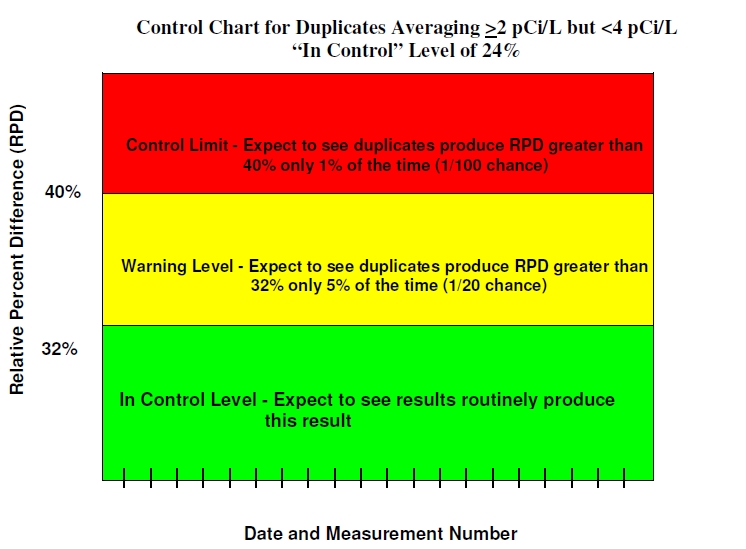
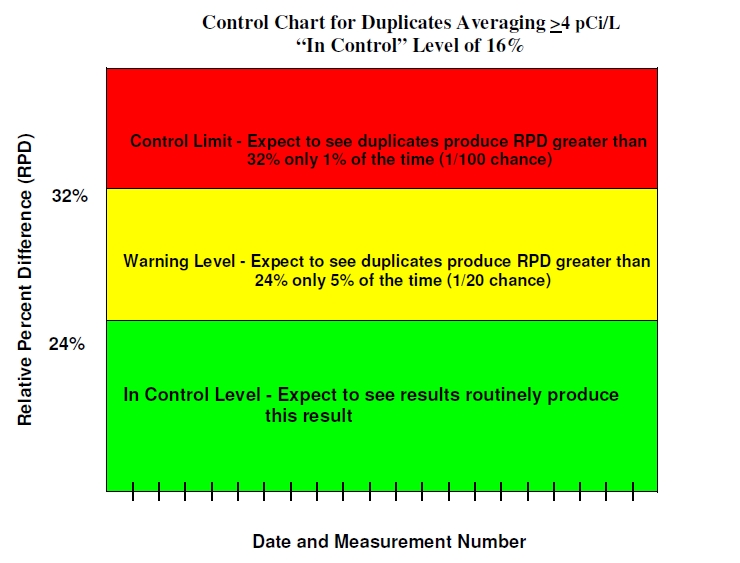
Spikes
Spikes at done at a rate of 3%, with at least 3 per year and a maximum of 6 per month.
Spikes are performed using the Bowser-Morner radon chamber using test kits from your normal inventory.
After the samples are spikes, they are sent to Air Chek for analysis. Do not tell us about the spikes until after analysis and return them so that they look like normal radon samples.
It is vital that the dates and times that you mark on the test packet match the actual dates and times from the radon chamber exposure. Reporting different dates and time will significantly impact the calculation and you will not received accurate results.
Once you have received the laboratory report from Air Chek you will use the Bowser-Morner radon chamber worksheet to perform the IRE calculations so you can plot the results on your spike control chart.

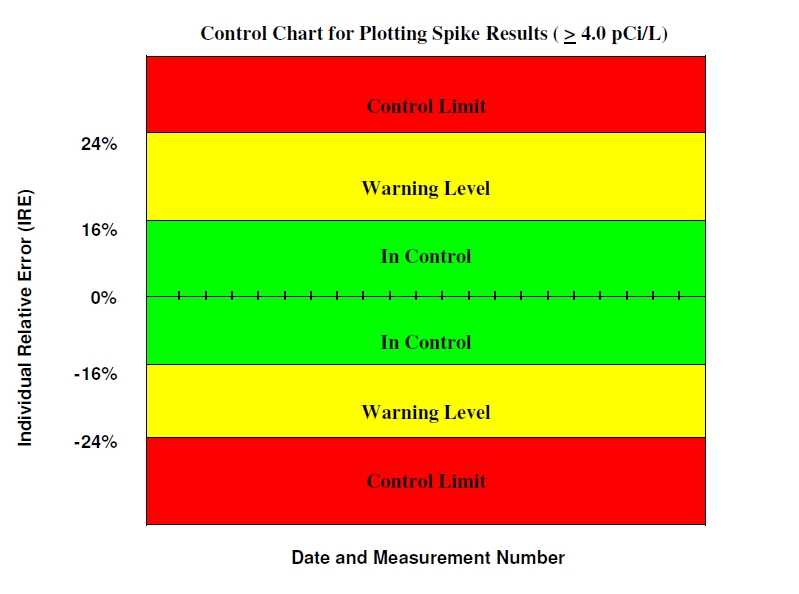
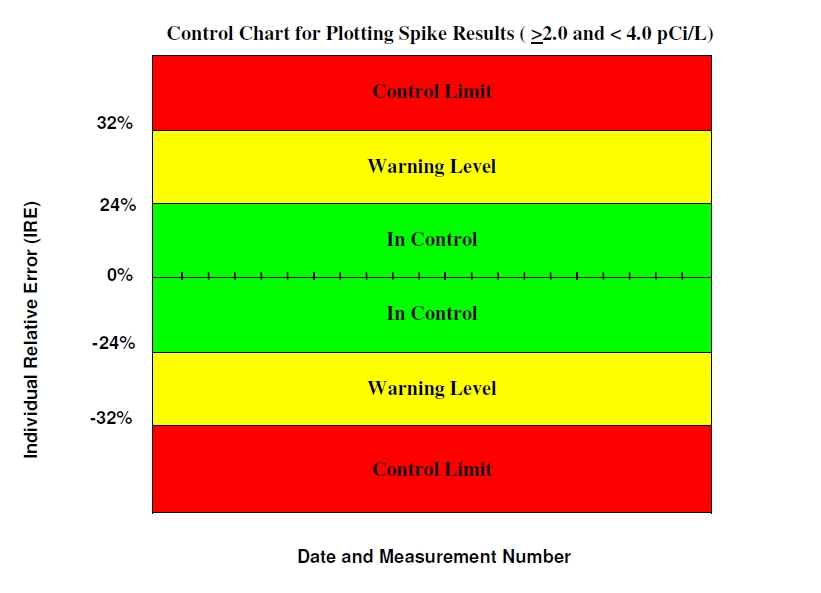
If you are new to the radon profession and need to develop your own Quality Assurance Plan (QAP), contact Shawn Price for assistance in the development of your Plan.